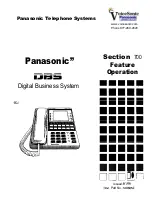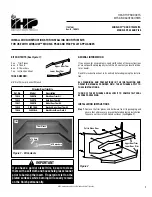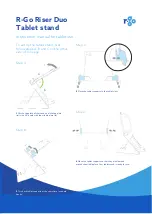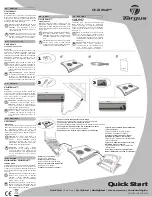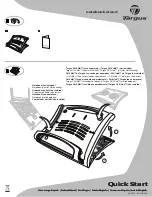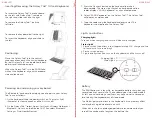
Rain Bird
Flow Sensors
Manual
5
SET SCREW
ALIGNMENT ROD
ALIGNMENT ROD
C
C
2) With a
3/32” Allen wrench, tighten positioning collar set screws. Double check that the sighting holes in the
sleeve are parallel down the pipe and that the flow arrow label matches pipe liquid flow direction.
3) Cable routing: The positioning collar is threaded for connection of a standard
1/2” electrical conduit (flex
cable) or a wire strain relief. Route cable as required. Be sure to leave enough flex in cable or conduit to
allow future removal of sensor for service or cleaning if necessary.
Figure 2
– Alignment of FS350B and FS350SS
Electrical Installation
The sensor leads are supplied with watertight caps over the ends.
1)
DO NOT
remove the plastic caps from the sensor leads until ready
2)
Use PE-39 #19 AWG cable, which is suitable for direct burial and clean data transmission, to connect the
sensor to the transmitter, monitor, or controller.
3)
Make a water tight splice. Direct burial silicone grease splices are recommended (Rain Bird DBRY20 or 3M
DBR/Y-6). Two part epoxy type waterproof kits are also acceptable (be sure the epoxy seals the ends of
the cables).
4)
For silicone grease splices, make sure the wire nut is installed as deep as possible into the grease tube.
For epoxy type, make sure the epoxy is hardened before inverting the splice or dropping it in standing
water.
5)
DO NOT
make an underground splice unless absolutely necessary.
6)
Route the cable from the sensor to a Rain Bird flow monitor/transmitter. The cable may
be extended up to
2000 feet by using PE-39 #19 AWG cable, which is shielded. Be sure to leave sufficient slack in the cable
to allow for future service of sensor.
7)
When connecting to a Rain Bird flow monitor/transmitter, locate the section of terminal strip on the monitor
labeled
“SENSOR INPUT”
or
“SENSOR”
. Connect the red wire to
RED(+)
terminal and the black wire to
BLACK(-)
.












